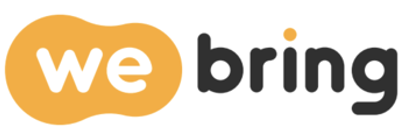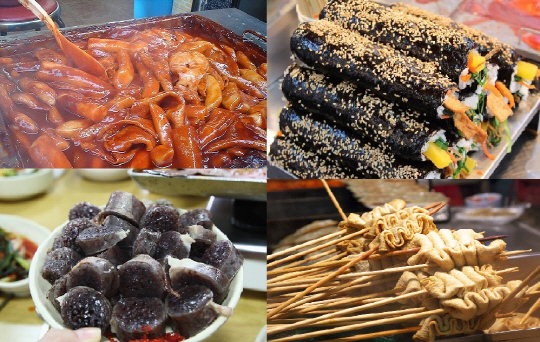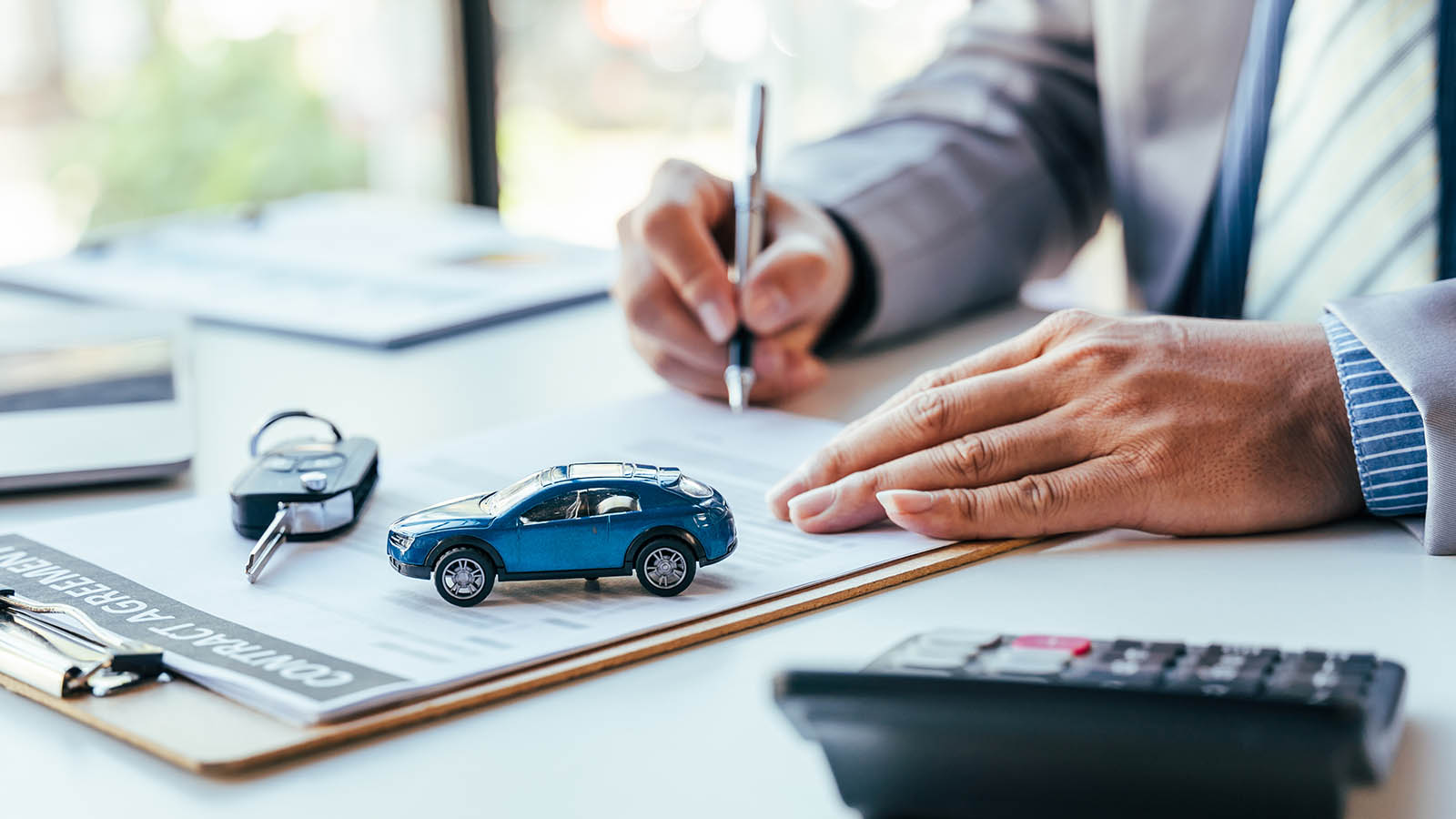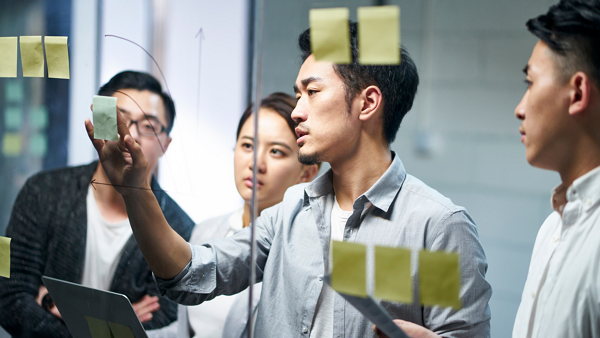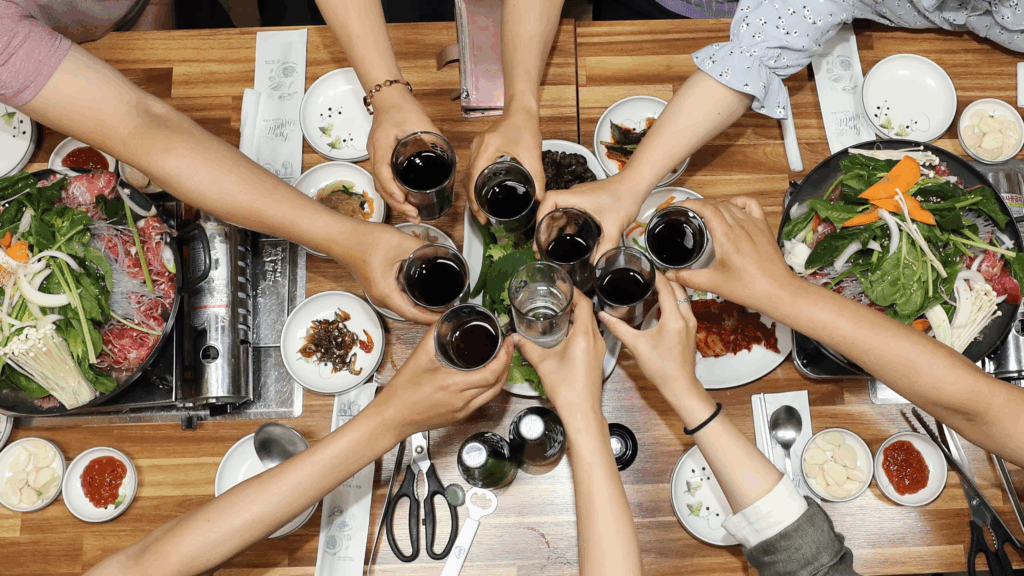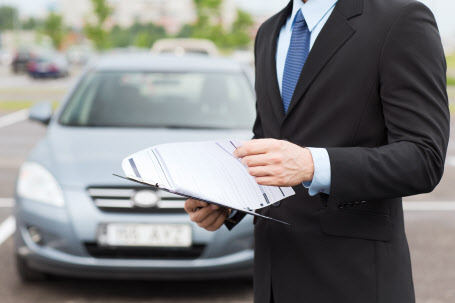Seoul is a global metropolis that proudly showcases a rich culinary culture where tradition meets modernity. Among its many food experiences, Seoul street food stands out as a favorite for both locals and travelers, offering quick and convenient bites that capture Korea’s unique flavors and character. From bustling food stalls to makeshift pojangmacha (tented eateries), freshly cooked snacks tempt passersby with irresistible aromas and visuals.
In this post, we’ll introduce some must-try Seoul street foods and guide you on where and how to best enjoy them.
1) Tteokbokki: The Spicy-Sweet Soul Food
Tteokbokki literally means “stir-fried rice cakes,” but in reality, it’s more like chewy rice cakes (or wheat cakes) simmered in a gochujang (red chili paste) sauce with fish cakes, cabbage, and green onions. The thick and flavorful spicy-sweet sauce is deeply absorbed into the rice cakes, making this dish one of the most addictive and iconic street foods in Seoul.
Where to Eat?
In high-traffic areas such as Myeongdong, Hongdae, Sinchon, or Dongdaemun, it’s easy to spot street vendors selling steaming plates of tteokbokki. Traditional markets like Gwangjang Market or Tongin Market also offer hearty portions at affordable prices. For a cleaner setup and more topping options, specialized tteokbokki chains and snack shops are a great choice.
In particular, Sindang-dong Tteokbokki Town is famous for its “instant tteokbokki,” where customers cook ingredients right at their table on a hot pan, often finishing the meal with a popular fried rice add-on.

2) Sundae, Fish Cakes, and Fritters: The Classic Trio
Alongside tteokbokki, three essential companions dominate Seoul’s street snack scene: sundae (Korean blood sausage), fish cakes (eomuk/odeng), and fritters (twigim). All three are widely available at pojangmacha or snack bars, enjoyed by dipping into the tteokbokki sauce or soaking in a warm broth.
Sundae
Sundae is made by steaming pig intestine stuffed with glass noodles and other ingredients—think of it as Korea’s version of sausage. The chewy texture is often accompanied by sides like liver or lung. Dip it in salted shrimp or tteokbokki sauce for a perfectly balanced bite.
Fish Cakes (Eomuk/ Odeng)
On chilly days, few things are as comforting as hot fish cake skewers with steaming broth. Bite into the chewy fish cake, then sip the umami-rich soup flavored with radish and seaweed. With modern varieties such as premium Busan-style eomuk filled with various ingredients, this snack is both classic and versatile.
Twigim (Fritters)
Vegetable fritters, squid fritters, shrimp fritters—the variety is endless in Korea’s fried snack culture. Crispy and savory, they pair perfectly with tteokbokki sauce. Ordering the famous “tteok-twi-soon” combo (tteokbokki + fritters + sundae) makes for a filling and satisfying street meal.
3) Hotteok & Bungeoppang: Sweet Street Snacks
Street food in Seoul isn’t just about spicy flavors. There are plenty of sweet treats too, especially during winter. Two beloved desserts you’ll see everywhere are hotteok and bungeoppang.
Hotteok
Hotteok is a stuffed pancake made by frying dough filled with brown sugar, peanuts, and cinnamon until golden brown. Bite into it and you’ll enjoy the sweet, nutty syrup oozing out. Hotteok trucks pop up all over the city during winter. Recently, “seed hotteok” versions filled with mixed nuts and seeds have grown popular, adding an extra layer of texture and taste.
Bungeoppang
Bungeoppang, or “fish-shaped bread,” is made by pouring batter into fish-shaped molds and filling it with sweet red bean paste. The crispy exterior and soft, sweet filling make it an irresistible winter snack. Variations with custard cream or chocolate fillings are also becoming more popular, offering new flavors for adventurous food lovers.
4) Chicken Skewers & Galbi Skewers: A Treat for Meat Lovers
Another popular street food category in Seoul is freshly grilled meat skewers. Whether marinated in sweet or spicy sauces, these skewers catch attention with their smoky aroma and satisfying flavors.
Dak Kkochi (Chicken Skewers)
Dak kkochi consists of skewered chicken grilled and coated in sauces like spicy chili, soy, or honey mustard. The tangy-sweet seasoning pairs perfectly with juicy chicken, making it a convenient handheld food. Great as a quick snack or even as a side with drinks.
Galbi Skewers
Galbi skewers are made by threading marinated beef or pork short ribs and grilling them to perfection. While slightly pricier for street food, the smoky charcoal flavor combined with the rich, sweet-savory galbi marinade delivers a restaurant-quality taste right on the street.
5) Tips for Enjoying a Street Food Tour in Seoul
While Seoul’s street food is tasty, affordable, and convenient, there are a few things to keep in mind. Crowded streets mean you should be mindful not to block or bump into pedestrians while eating. Trash bins may not always be nearby, so it’s wise to hold onto packaging until you find a proper disposal area.
Many snacks are spicy, so if you’re sensitive to heat, don’t hesitate to ask vendors for milder versions, especially when ordering tteokbokki or spicy galbi skewers. Since hygiene can vary at street stalls, those with sensitive stomachs may prefer trusted vendors or small eateries that prioritize cleanliness.
Conclusion: Experiencing the Real Flavors of Seoul Streets
Street food in Seoul is more than just a quick meal—it’s a cultural experience that reflects the city’s energy, warmth, and everyday life. From late-night pojangmacha gatherings to cups of tteokbokki shared among friends, every bite tells a story of the city.
If you’re visiting Seoul, fine-dining restaurants and traditional course meals are wonderful, but taking time to enjoy local street food gives you an authentic glimpse into the heart of the city. The sweet and spicy sauces, the aroma of fried snacks, and the comforting steam from fish cake broth awaken all your senses.
Accessible, affordable, and endlessly delicious, Seoul street food is a hidden gem of Korean travel. With each bite, you don’t just taste the food—you taste the soul of the streets. An experience every traveler should try at least once.


WeBring Service : Provides personalized services to foreigners living in Korea
Exclusive offer: Introducing foreign car rental in Korea, WeBring-SoCar
